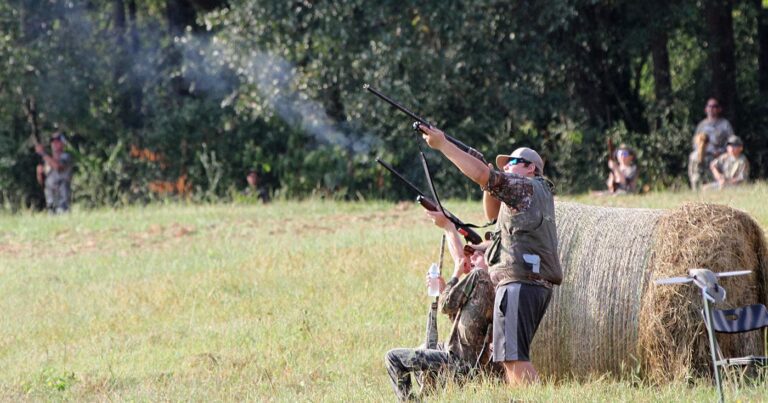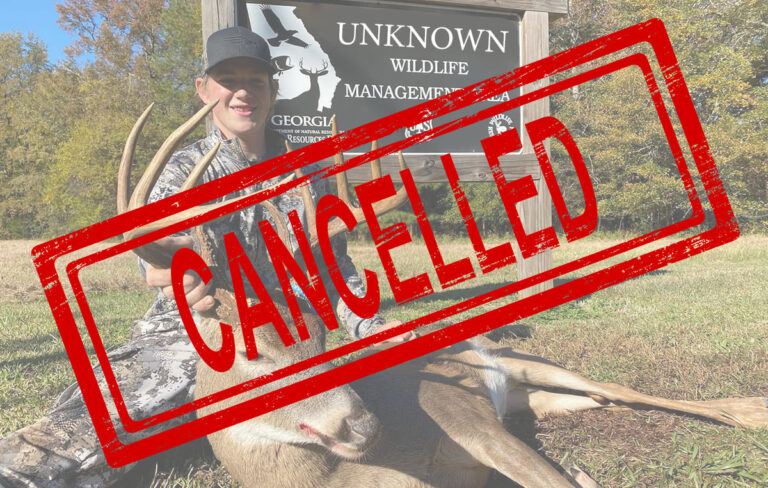Does the Moon Really Impact Deer Movement? Insights from the MSU Deer Lab
Deer hunters often swear by the moon’s influence on deer behavior. From moon phases to overhead and underfoot positions, theories abound about how lunar activity affects buck movement.
But what does the research say? The Mississippi State University (MSU) Deer Lab tackled this question head-on, sharing their findings on a recent episode of their Deer University podcast. Here’s what their analysis reveals—and what it means for hunters.
The Study: A Comprehensive Analysis
Dr. Bronson Strickland, Dr. Steve Demarais, and their team at MSU conducted what they describe as the most in-depth analysis to date on the potential effects of the moon on buck movement. Using GPS collars on bucks, they analyzed movement data, considering factors like moon phase (new, full, waxing, and waning), moon position (overhead, underfoot, rising, and setting), and hunting season phases (pre-rut, peak rut, post-rut).
“Credit to Natasha—she has gone into great detail and depth and complication and sophistication answering this question,” said Dr. Strickland, acknowledging the depth of analysis undertaken by the team’s mathematical ecologist.
The study also incorporated survey data from more than 1,400 hunters, 83% of whom believed the moon influenced deer movement. Their beliefs ranged from the moon’s effect on bedding times to increased travel distances during specific lunar events. Here’s what the research revealed.
The Findings: Do Moon Phases Matter?
The results might surprise some hunters. According to the MSU Deer Lab, the moon’s influence on buck activity was negligible at best. Bucks moved an average of 265 yards per hour during daylight hours throughout the season, and the impact of moon phases or positions on this movement was statistically insignificant.
Even on days rated as the most “optimal” for deer movement by lunar theories (such as during full or new moons), the changes in deer behavior were minimal—just a few additional steps per hour.
Breaking Down the Theories
Lunar Phase Theory
The MSU team analyzed movement rates across all moon phases. They reported that the average difference in yards traveled per hour between phases was negligible—often just a few steps over an hour. This minimal difference falls within the margin of error for their GPS collars, indicating no biologically significant effect.
Hunters often believe full moons lead to less daytime movement because deer are more active at night. However, the data contradicts this. Dr. Strickland noted, “If moon phase were a major factor, we would expect consistent patterns, but we don’t see that in the data.”
Lunar Position Theory
The “major” (moon overhead/underfoot) and “minor” (moonrise/moonset) feeding windows are foundational to solunar hunting calendars. Hunters often plan their outings around these time slots, expecting increased deer movement.
The result? Bucks moved, on average, just 2-3 additional yards per hour during these periods compared to other times of day. This equates to one or two extra steps—hardly enough to be noticeable in the field. Additionally, bedding time decreased by less than 1% in these windows, amounting to only a few minutes of increased movement.
Natasha pointed out that these changes are so small they could easily be random variation. They’re certainly not actionable for hunters.
Combined Moon Phase and Position Theory
This theory suggests the combination of moon phase and position amplifies deer movement. For instance, a full moon with an overhead position might be seen as the ultimate hunting window. To test this, the researchers evaluated movement during “optimal” days as rated by solunar tables.
They found no consistent patterns. Even on highly rated days, movement rates increased by only a few yards per hour, and bedding percentages showed no meaningful decrease. Interestingly, movement trends sometimes contradicted hunter expectations—bucks occasionally moved less during supposedly ideal conditions.
Dr. Strickland summed it up, “We can all agree on the increase in activity during the rut. The changes associated with the moon don’t come close to that magnitude.”
Comparing the Rut to the Moon’s Influence
To put these findings in perspective, consider how the rut impacts buck movement. During the peak rut, bucks moved nearly 200 additional yards per hour compared to non-rut periods. This is a substantial and visible difference hunters can observe in the field. In contrast, the moon’s effects—measured in mere steps per hour—were too minor to be significant.
Dr. Strickland emphasized “We can all agree on the increase in activity during the rut. The changes associated with the moon don’t come close to that magnitude.”
Why the Discrepancy with Hunter Perceptions?
Why do so many hunters believe in the moon’s influence if the data says otherwise? The answer lies in cognitive bias. Hunters often remember successful hunts during a full moon and attribute their success to lunar conditions, overlooking other factors like weather, rut activity, or sheer coincidence.
“Our personal observations are limited,” Dr. Strickland explained. “Even if we hunt often, we see only a snapshot of deer behavior.”
The Bottom Line for Hunters
Should you plan your hunts around the moon? The MSU Deer Lab’s research suggests focusing on proven factors like weather conditions, hunting pressure, and rut timing will yield better results.
As Natasha summarized, “While the moon might play a tiny role, it’s not a game-changer. Hunting success depends far more on other variables.”
For a more detailed explanation of their methodology and findings, check out the MSU Deer Lab’s Deer University podcast episode on this topic.







